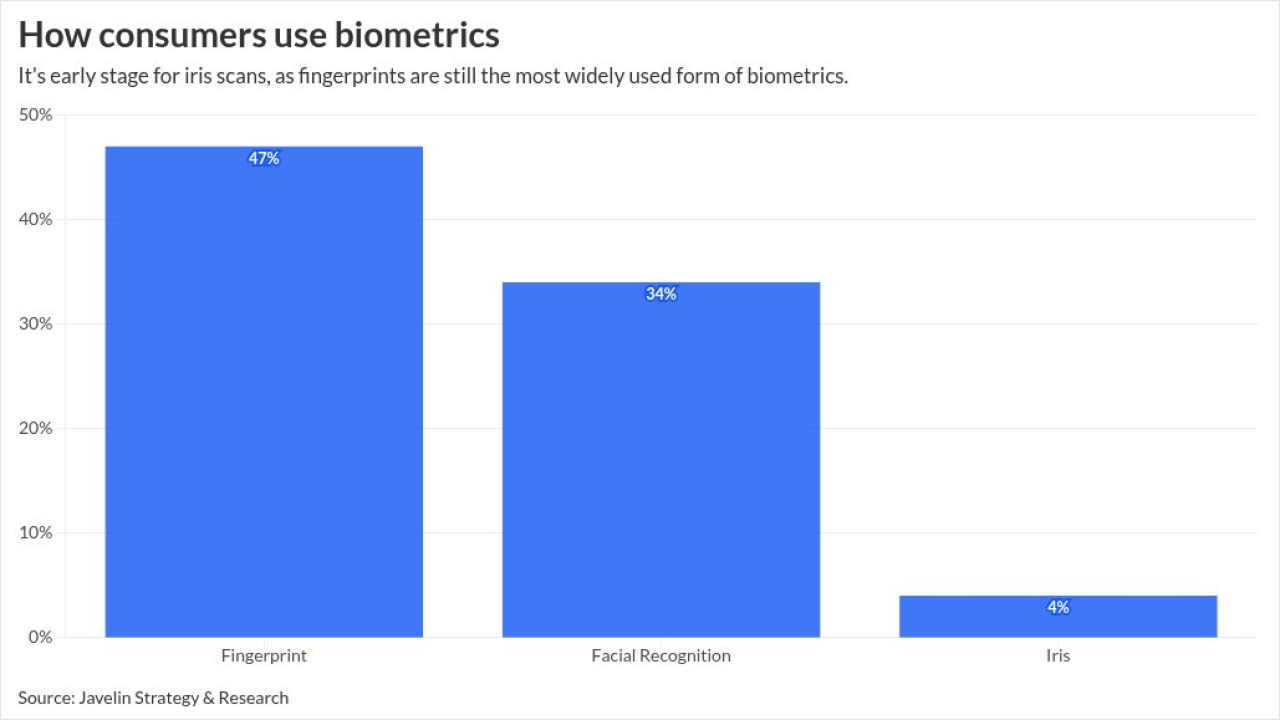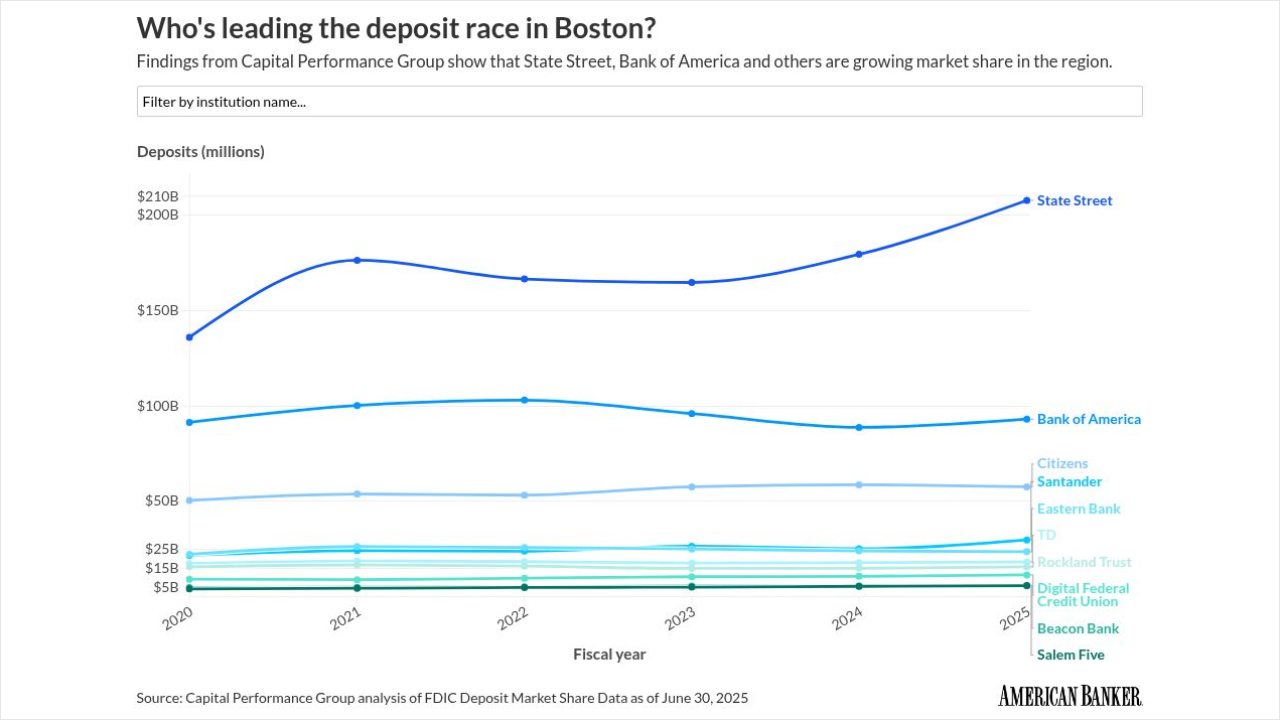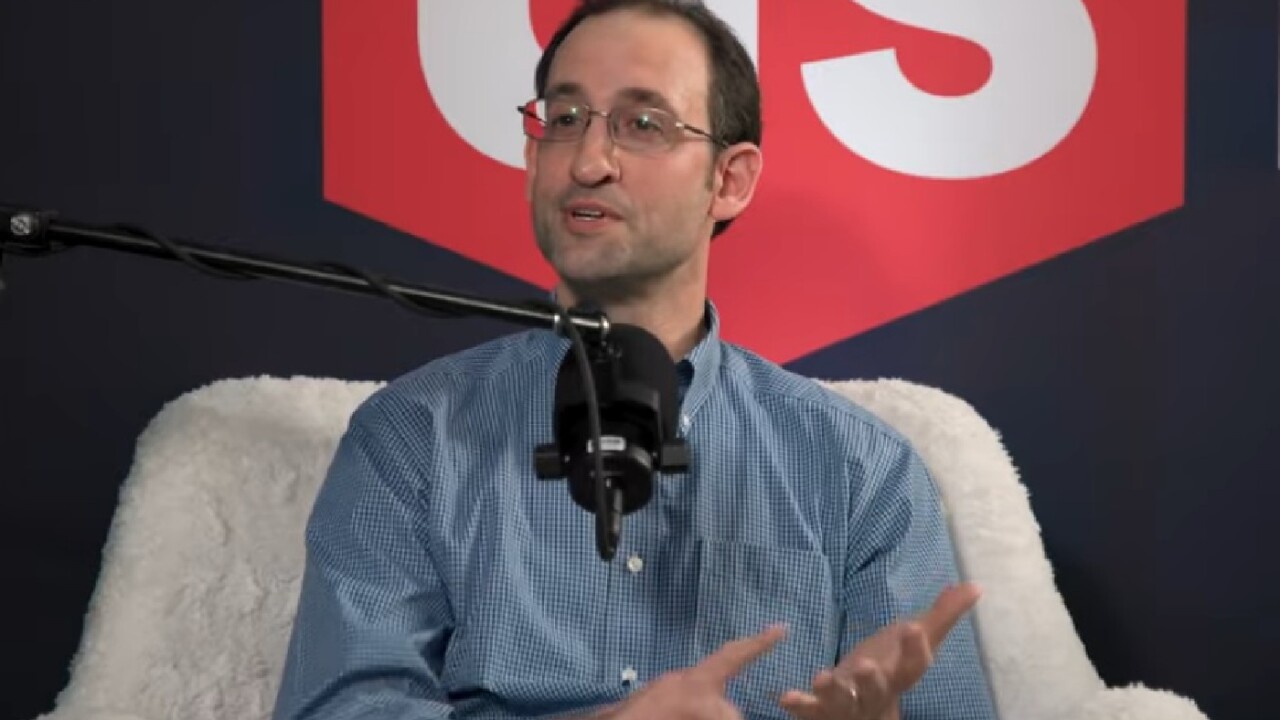Northern Trust Co. is testing an enhancement to its positive pay service for corporate checks: an encrypted bar code containing payment information that can be used to deter fraud.
There are other software products on the market that embed payment data in bar codes, but Northern Trust executives say they favor the approach used by Fiserv Inc.'s software, which conceals the data grid within a graphic on the check.
"We're moving into active pilot" involving four or five corporate customers, said Donald E. Berk, a senior vice president at the Chicago-based Northern Trust. "We're going through testing now to validate the technology," to assure that the bar code would survive things like someone spilling coffee on it.
Northern Trust is the first institution to test the software, Positive Pay Plus with Secure Seal, which uses bar code encryption technology from the British document-security company EnSeal Systems Ltd.
If the software works well during the pilot, the company plans to offer it to its thousands of corporate check customers in the third quarter, Mr. Berk said.
Corporate customers would install Positive Pay Plus with Secure Seal into the check-printing function of their accounts-payable system. The software generates the bar code "seal" with the encrypted data, which Northern Trust's computers would read when the check is returned for processing. The company could then compare the data from the encrypted seal against the information on the check's face and in the customer's issue file.
Ted Umhoefer, a senior vice president in the item processing division at Fiserv, a Brookfield, Wis., data-processing vendor, said the product offers a new degree of verification in check processing - it helps banks verify not only the check number and amount, but also the payee's identity.
"An altered payee is one [data element] that has been particularly difficult to catch in an automated system," Mr. Umhoefer said.
But perhaps the most appealing aspect of the product is the "secure seal," which enables the bar code to be hidden within a postage stamp-size graphic - in an early internal test, Northern Trust used a picture of its headquarters building - or in a decorative border on the edge of the check.
Similar products - most notably PayBond, developed by Payformance Corp. of Jacksonville, Fla., and marketed by Unisys Corp. - also use a bar code, but it appears on the face of the check as an abstract pattern of dots.
Northern Trust looked at PayBond but decided not to adopt it, Mr. Berk said.
"It was fairly obtrusive on the face of the check," he said. "We wanted a technology that blended seamlessly" into the check's design.
For a bank's corporate customers, "the face of their check is very important," Mr. Berk said. "They see it as a marketing tool."
No banking company has bought PayBond, but Neal Anderson, a senior vice president at Payformance, which started offering the software in April 2001, said it is close to a couple of sales and hopes to announce the first one in the next 30 to 45 days.
Unisys' clout will help Payformance sell the software, he said. "Fiserv doesn't have the inroads, the reader-sorters that are manufactured by Unisys sitting at every bank in the country. The other piece to it is you have to persuade corporate America to print the bar code on the face of the check. I feel like we've got a better leg up than what Fiserv has."
The bar code's presence by itself could deter criminals, Mr. Anderson said. "You're notifying the fraudster right up front, this check is protected. There's value to putting that warning sign on there."
The bar code can be printed on the front or the back of the check, and because of improvements in imaging and scanning, the data can now be printed in a smaller area than before, he said.
Mr. Berk voiced high hopes for Northern Trust's pilot. Though the initial emphasis will be on the company's own corporate customers, if the feature becomes an industry standard, it could allow the original depository institution to catch fraudsters at an earlier stage of the process, he said.
Beyond that, "we think the implications are much broader than the particular application where we're using it here," he said.
For instance, government agencies could print bar codes on benefit checks to deter fraud, and other uses could emerge as well, Mr. Berk said. "You can encrypt anything in that seal."





